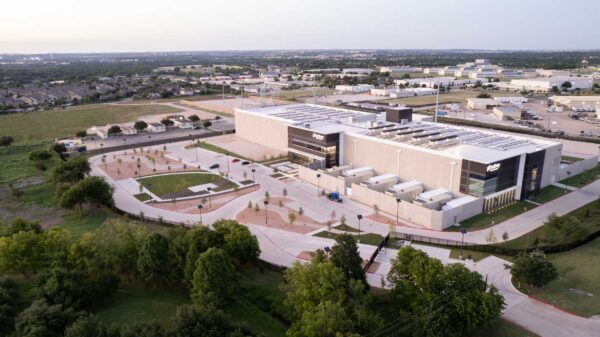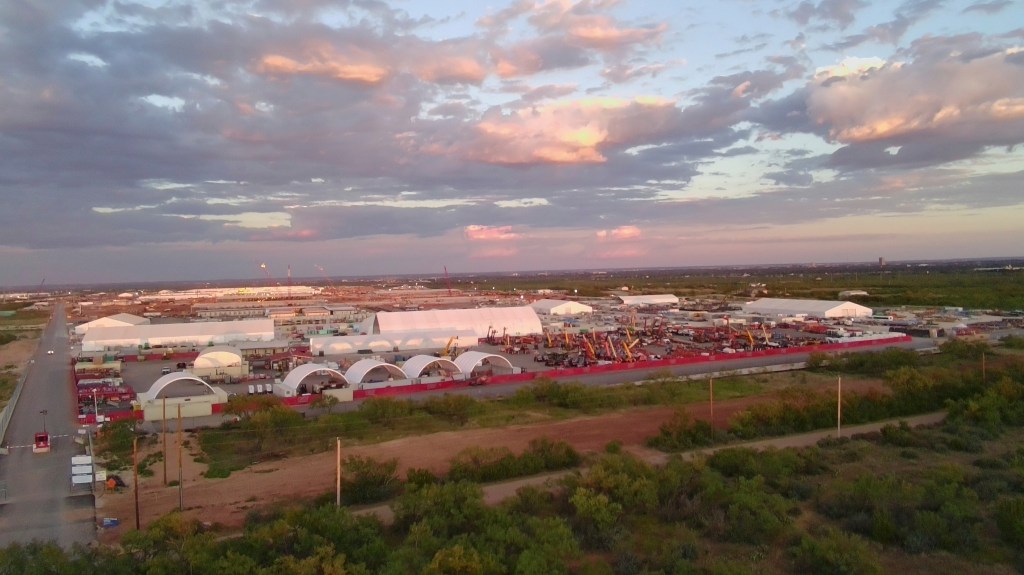The demand for electricity from utilities is projected to skyrocket in the coming years, with forecasts suggesting that the energy needs to power massive new data centers—essential for the burgeoning AI economy—could increase by two to three times. This exponential demand raises significant concerns among lawmakers, policymakers, and regulators, who are questioning the reliability of these forecasts.
One of the critical issues is whether these projections are based on actual data center projects that will come to fruition or if they are largely speculative. There is growing apprehension that regular ratepayers may ultimately bear the financial burden of constructing unnecessary power plants and grid infrastructure, with costs potentially reaching into the billions. Joe Bowring, the head of Monitoring Analytics, an independent market watchdog in the mid-Atlantic grid territory, stated, “There’s speculation in there. Nobody really knows. Nobody has been looking carefully enough at the forecast to know what’s speculative, what’s double-counting, what’s real, what’s not.”
The absence of a standardized practice across grids or utilities to carefully vet such monumental projects has made this issue a focal point for utilities and grid operators. In September, the situation gained further attention when a member of the Federal Energy Regulatory Commission (FERC), David Rosner, sought insights from grid operators on how they determine the viability and energy requirements of these projects. Rosner emphasized the importance of data integrity, remarking, “Better data, better decision-making, better and faster decisions mean we can get all these projects, all this infrastructure built.”
Challenges in Meeting Future Energy Demand
The rapid expansion of AI technologies has led to an unprecedented increase in the number of data centers, which are essential for processing vast amounts of data and supporting AI algorithms. This surge in demand for computational power directly correlates with the need for more energy, prompting utilities to significantly revise their forecasts. However, these projections have raised alarms about the feasibility of building new power plants quickly enough to meet the anticipated demand.
See also Perplexity Declared ‘Most Likely to Flop’ at San Francisco AI Conference Amid Funding Surge
Perplexity Declared ‘Most Likely to Flop’ at San Francisco AI Conference Amid Funding SurgeA major concern is whether the existing infrastructure can support the projected energy consumption, especially if many proposed projects do not materialize. The lack of reliable data on energy needs and potential overestimations could lead to a misallocation of resources, ultimately impacting consumers financially.
The varying practices among different utilities and grid operators in assessing the viability of these projects contribute to the uncertainty surrounding energy demand forecasts. Without a unified framework for evaluation, discrepancies in data and methodologies can lead to inflated projections, exacerbating the challenges faced by stakeholders.
Regulatory Responses and Future Directions
The urgency of the situation has prompted regulatory bodies to look for ways to improve the reliability of energy demand forecasts. The recent inquiries by FERC aim to establish a clearer understanding of how energy requirements are assessed and to ensure that investments are made based on accurate and actionable data. This is crucial not only for managing costs but also for guiding infrastructure development in line with genuine demand.
As the AI economy continues to grow, the stakes are high. The risk of overbuilding and the potential for unnecessary costs highlight the need for more rigorous forecasting practices. By promoting transparency and collaboration among utilities, regulators, and data center operators, stakeholders can work towards a more sustainable energy future that meets the needs of both the AI industry and consumers.
In conclusion, while the forecasts for energy demand driven by data centers in the AI sector are striking, the challenges of accurately predicting and meeting these needs cannot be understated. Continuous dialogue among all parties involved is essential to ensure that investments are justified and that the energy grid evolves in tandem with technological advancements.








































































